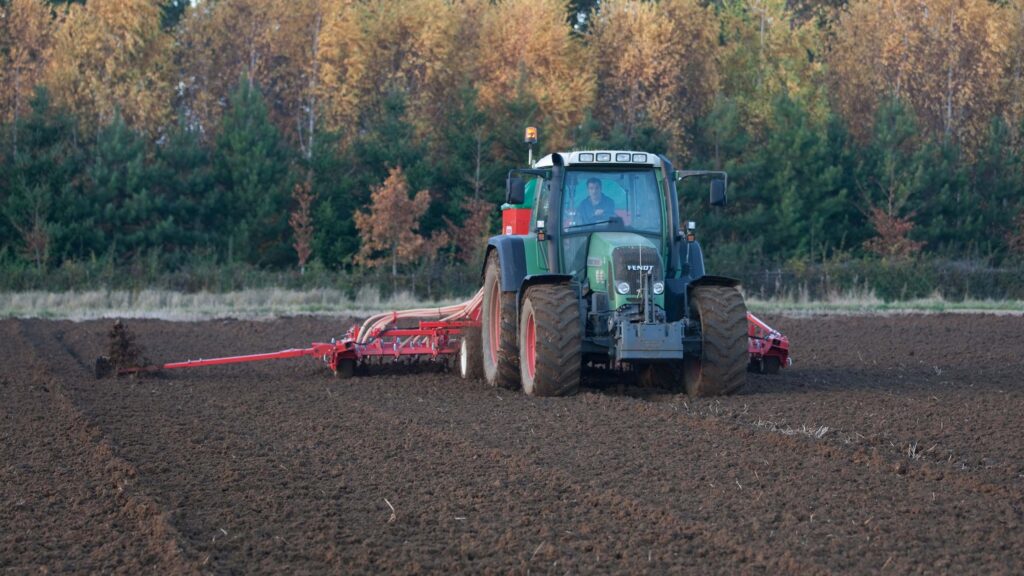Changes to the label for residual herbicide Xerton (ethofumesate) to include pre-emergence use in winter wheat promises to unlock additional activity against blackgrass.
Previously, the label restricted its use in wheat to post-emergence applications, from two leaves of the crop. However, this is outside its optimum pre-emergence window, according to UPL’s head of technical services, Stuart Jackson.
See also: Blackgrass control as later-germinating populations emerge
“Activity against grassweeds is primarily from shoot uptake,” he explains. “The active is taken up by the shoot as it grows through the soil and pushes through the surface.”
Once the shoot is through and the plant starts to develop its waxy cuticle, it no longer absorbs ethofumesate and efficacy drops off, he says.
“What you’re relying on when you apply early post-emergence is mostly to give residual control of subsequent flushes of emerging grassweeds, while the plants that are already established at application will grow through it.”
Extra activity
That extra activity has been highlighted by a large dataset collected by distributor Agrovista over six seasons.
In 235 trials, adding Xerton delivered an average extra 9-10% control when used with various pre-emergence treatments, says Agrovista technical manager Mark Hemmant, compared with 7% when used post-emergence in a residual herbicide stack.
“It works best when it is applied pre-emergence of grassweeds and is a good, cost-effective mixture partner,” he says.
“When you’re targeting blackgrass, the best pre-emergence treatments are either aclonifen- or cinmethylin-based. Adding ethofumesate can help with either of those.”
Xerton can be applied only once in a programme, either pre- or post-emergence, and provides activity against blackgrass, bromes, wild oats, annual meadow grass and loose silky bent.
Both Italian and perennial ryegrass, however, are tolerant of ethofumesate.
As with most autumn-applied residual herbicides, the usual rules apply, Stuart says: apply to consolidated seed-beds, where seed is covered by at least 3cm of soil, and do not apply to waterlogged soils or when heavy rain is forecast within 48 hours of drilling.
“The other restriction to be aware of is that you can only use a maximum of 1,000g of active/ha over a three-year period. If you have beet in the rotation, this is something to monitor.”
At a use rate of 0.6 litres/ha in cereals, the 417g/ha formulation will deliver 250g/ha. “Where you are growing beet in fields with blackgrass, typically you would use 500g/ha of ethofumesate at pre-emergence,” Mark says.
“And so you can easily use the other 500g/ha on post-emergence sprays in beet, particularly in seasons like this one when weed control has been challenging, so it is something to bear in mind.”

